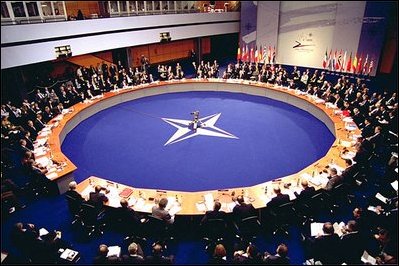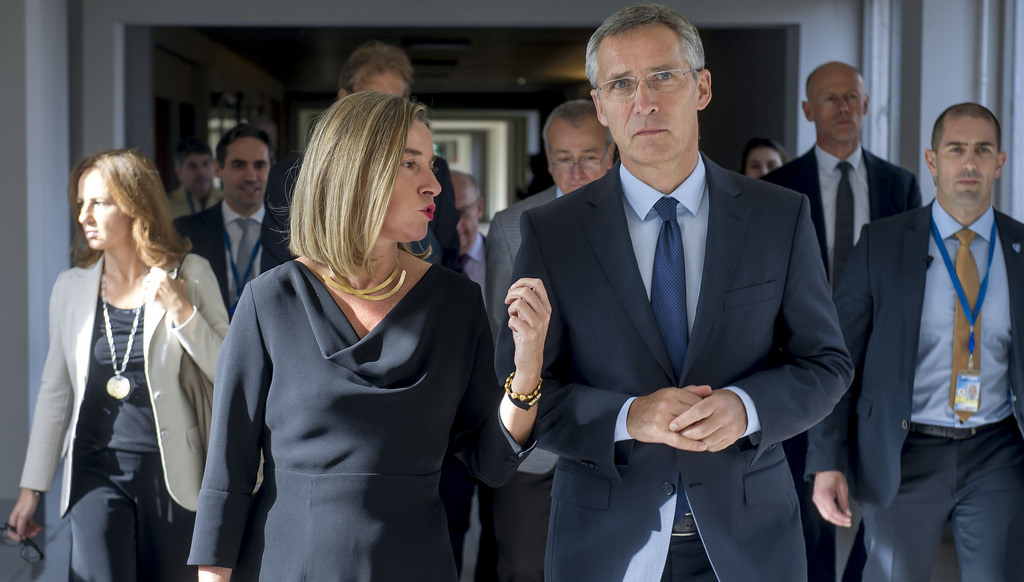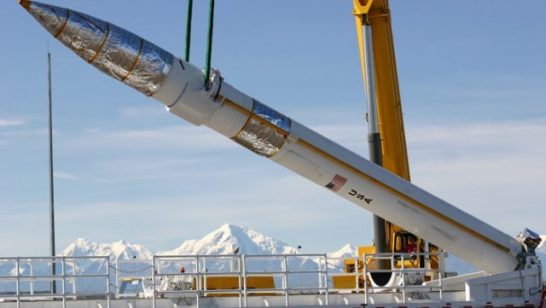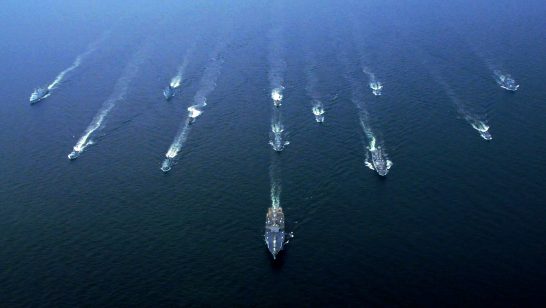
When it comes to NATO’s 70th anniversary, instead of paying tribute to NATO’s success, many commentators predict a gloomy future. It faces significant threats not only from the exterior, but also from within. President Trump’s repeated criticism of European Allies and the Alliance’s value to US security, alongside discussions between European officials on the need to be ‘strategically autonomous’, are seen as signs of a widening transatlantic rift. Yet, such discordances should not obscure the essential role NATO plays in both American and European security. NATO provides the framework for a continued US presence in Europe, vital for European security and stability. In turn, Europe provides the hub for US power projection to the Middle East. America needs to remain a European power, but it also needs Europe to remain the global power it currently is.
The Alliance has undergone substantial adaptation to meet the enduring security challenges of today and tomorrow. These mainly arise from two strategic directions. To the east, Russia’s conflict strategy, underpinned by increasing conventional and nuclear capabilities, aims to intimidate and destabilise Allies and undermine the unity of NATO and the EU. To the south, continuing crises have fuelled terrorism and caused mass migration affecting Europe’s stability. NATO has adopted a dual strategy to counter these different threats: strengthening deterrence and defence, complemented by meaningful dialogue with Russia to reduce the risk of misunderstandings and incidents, and projecting stability by means of assisting selected partners in their efforts to provide for their own security. Such efforts work together as part of a coherent approach to ensuring Alliance security.
In strengthening its posture, the Alliance needs to be able to respond to multiple threats from multiple regions, caused by state and non-state actors across NATO’s entire area – from the North through the Baltic and Black Sea regions to the Mediterranean region and the Middle East. The wide spectrum of challenges requires NATO to retain maximum awareness, flexibility, agility and freedom of action to ensure it has the right forces in the right place at the right time – to protect or defend threatened Allies or contribute to crisis management outside NATO territory. While remaining defensive in nature, reinforcement rather than permanent forward deployment of large forces has been the concept of choice for NATO’s adaptation. This requires informed rapid decision-making, Allied forces at high readiness, and the ability to move rapidly over great distances.
To meet this challenge, NATO set up an ambitious programme. The size of the NATO Response Force has been tripled to become a joint force of some 40,000 troops. Its spearhead force of some 5,000 troops is ready to move within a few days. The multinational battlegroups in the Baltic States and Poland, led by Great Britain, Canada, Germany and the US, demonstrate that even in case of a limited incursion to create a fait accompli, Russia would immediately be confronted with the Alliance as a whole, including its three nuclear powers. The US has significantly increased its commitment to, and funding for, Europe’s security under the European Deterrence Initiative (EDI) – 6.4 bn USD in 2019 – in particular for an armoured brigade deployed to Poland on a rotational basis, pre-positioning of equipment, exercises, and improving infrastructure. In the Black Sea region, NATO’s presence is being enhanced through increased multinational exercises and additional air and maritime activities. The Framework for the South improves NATO’s understanding of the southern region, situational awareness and ability to respond effectively to crises. And work is underway to enhance NATO’s readiness.
NATO’s strategic anticipation capability is being improved, its decision-making accelerated. The NATO Command Structure is being adapted to reacquire capabilities to command the whole range of operations, including large-scale collective defence under cyber threat. The NATO Readiness Initiative “4-30” will lead, by 2020, to 30 manoeuvre battalions, 30 kinetic air squadrons and 30 warships at 30 days ‘readiness to employ’. These forces develop into a number of larger formations – combat brigades, maritime task groups and enhanced air wings. Moreover, NATO and the EU work together to create the legal, logistical and infrastructure conditions to enable rapid military movement to, across and from Europe; the EU will spend several billion Euros improving roads, railways, bridges, harbours, airports. Allies’ naval presence on the Atlantic, the Baltic and Black Seas and the Mediterranean Sea is also being enhanced.
NATO’s and nations’ cyber defence is improving and cyber operations capability developed. NATO and the EU are cooperating on more than 70 projects in a range of areas, e.g. capability development, countering hybrid threats, cyber defence, strategic communications, and defence capacity building for partners. Nuclear deterrence is strengthening, and NATO is working on options to counter the effects of the new Russian intermediate-range nuclear missile that threatens Europe. Pro-active strategic communications complement the Alliance’s broad approach to deterrence and defence. Together, these efforts will foster the shift in strategic mindset in NATO and reinvigorate a culture of readiness.
These efforts require significant funding over years, and a fair share of the burden. The imbalance between the US and European Allies in defence spending and the provision of high-end capabilities for NATO must be adjusted to maintain NATO’s unity and solidarity. And there is progress: Since 2014, European Allies and Canada have spent an extra USD 88.5 bn on defence in real terms. It is, however, also imperative that Europeans expend more effort on common security, against old and new threats, in NATO and in the EU. Europe should recognise that North America and Europe together are confronted with two strategic competitors: Russia and China. This will require Europeans to contribute much more to the security of Europe, to NATO’s deterrence and defence posture, and to crisis management in the south as well as support the US on a global scale.
NATO’s 70th anniversary could be an opportunity to demonstrate that NATO is ready to take on the strategic challenge and start discussing how to address emerging global threats to the transatlantic alliance together, alongside considering implications for Europe and the European pillar in NATO. In the end, it could lead to a new transatlantic bargain.
The opinions articulated above also do not necessarily reflect the position of the European Leadership Network or any of its members. The ELN’s aim is to encourage debates that will help develop Europe’s capacity to address pressing foreign, defence, and security challenge.




